Channel Islands National Marine Sanctuary faring well despite changing seascape
New report evaluates sanctuary key indicators
By Elizabeth Weinberg
July 2019
Take a boat due south out of Santa Barbara, California, and you’ll find yourself entering a different world. Dolphins dance in and out of your vessel’s wake, while off in the distance, a humpback whale breaches. Then, out on the horizon, land comes into view: California’s Channel Islands.
The waters around this small, isolated archipelago are protected by Channel Islands National Marine Sanctuary. Set at the confluence of the California Current and the Southern California Counter-Current, the sanctuary’s waters support extraordinary biodiversity of marine mammals, fish, invertebrates, and more. While the health of the ocean worldwide is under threat, a new condition report shows that the sanctuary is doing quite well in comparison to other areas, especially with regard to abundance and diversity of wildlife.
The condition report is an update from the 2009 edition. This updated scientific overview describes how the sanctuary is doing, highlighting status and trends in human uses, water quality, habitats, animals and plants, shipwrecks, and more. Following feedback received on the 2009 report, this new condition report also includes a first-ever assessment of how Channel Islands ecosystems support human well-being and more quantitative data focused on selected ecosystem indicators. An improved rating system that describes the condition and trends of sanctuary resources also includes ratings of confidence levels from experts.
This comprehensive review of the sanctuary is a testament to the importance of collaboration between NOAA and our partners, and will serve as a roadmap for Channel Islands National Marine Sanctuary going forward.
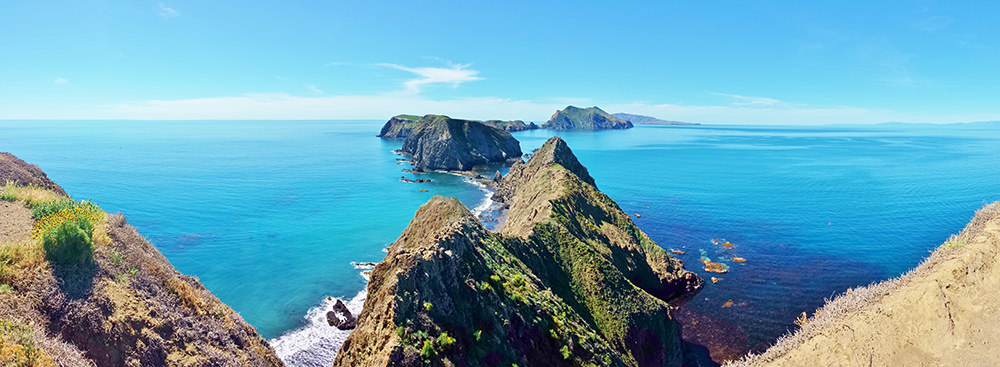
A sheltered habitat
Channel Islands National Marine Sanctuary was established in 1980 to protect the waters within six miles of San Miguel, Santa Rosa, Santa Cruz, Anacapa, and Santa Barbara Islands. The sanctuary collaborates closely with Channel Islands National Park, which protects the islands themselves and partially overlaps the sanctuary in nearshore waters. Through many avenues, including science, education, outreach, vessel guidelines, and marine protected areas, the sanctuary is dedicated to helping protect the unique environment of the Channel Islands.
These protections have served the area well, and the report notes that much of the sanctuary appears healthy and stable. Overall, more than 400 species of fish live in or visit the sanctuary, and biodiversity remains high. Sanctuary habitats are largely healthy and are positioned to continue to support extraordinary biodiversity going forward.
The sanctuary remains a valuable resource not just for wildlife, but also for humans. Water quality is safe for swimming and recreation, which is crucial since the sanctuary serves as a popular destination for divers, snorkelers, paddlers, whale watchers, and more. And maritime archaeological resources like shipwrecks also remain intact and accessible for viewing by curious divers and for future study by archaeologists.
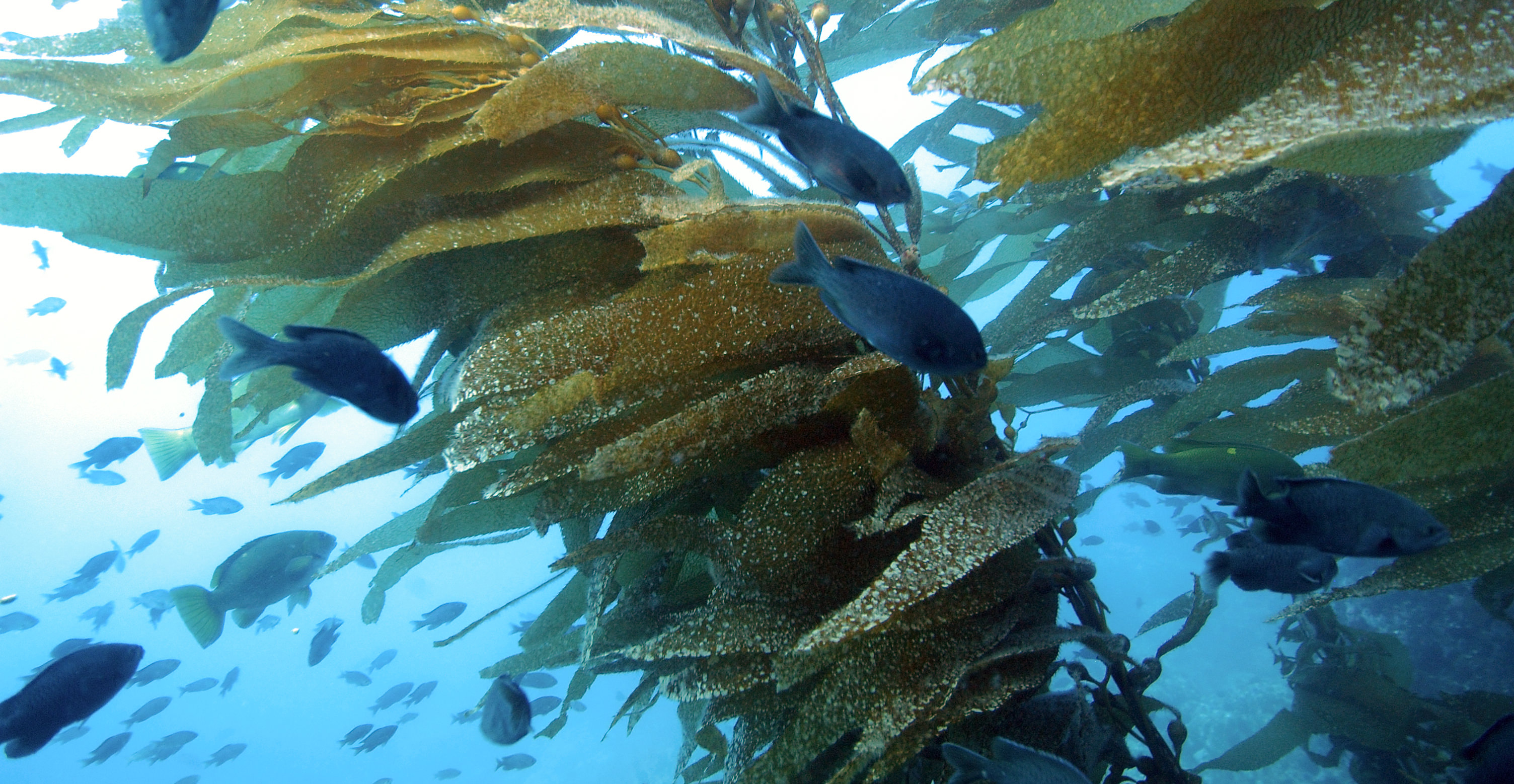
Finding sanctuary in a changing seascape
As our ocean faces changes across the globe, so too will Channel Islands National Marine Sanctuary, notes the report. First and foremost, as population and income increase in Los Angeles and the surrounding region, people are coming to the Channel Islands more often. The sanctuary welcomes visitors: people who visit a place like the Channel Islands are more likely to want to protect it, and tourism in the sanctuary helps bolster the local economy.
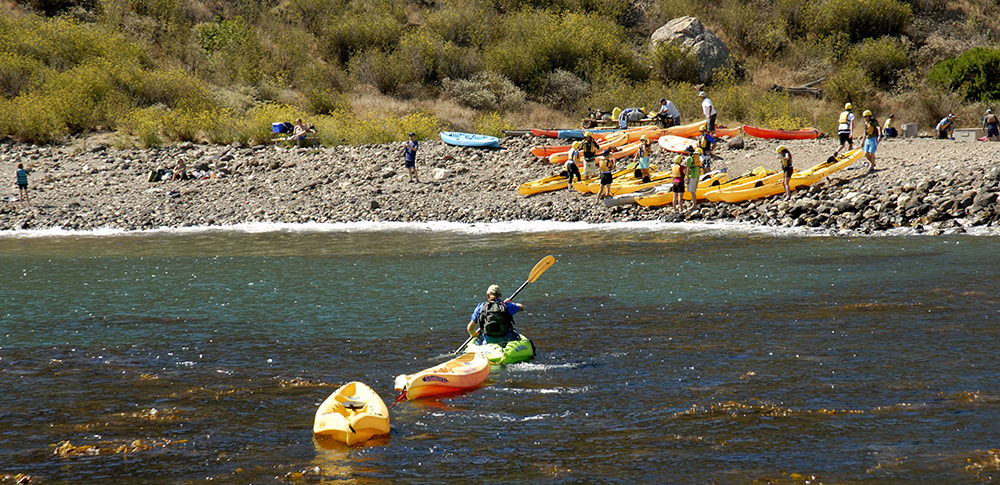
However, the report points out that as vessel traffic and visitor use increase, so may impacts. Vessel traffic in and out of the ports of Los Angeles and Long Beach passes through and around the sanctuary, and large commercial vessel engines can cause noise impacts to wildlife that depend on sound to communicate, find food, and more. When not practiced responsibly, ocean recreation may also damage habitat or encroach on marine animals. Education, collaboration with industry, and other strategies will be necessary to ensure that visitors and local traffic support, rather than degrade, the health of the sanctuary’s animals and habitats.
Marine debris is noted in the report as a threat to water quality, marine life, and sanctuary habitats. Plastic pollution makes its way to the sanctuary on ocean currents and can entangle, choke, or injure wildlife like whales, fish, and seabirds. Some fishing gear can also be a challenge: over time there has been an overall reduction in the use of fishing gear that touches the sanctuary's seafloor, but trap loss remains a problem. It will take the community coming together to continue to troubleshoot the issue of marine debris.
Most of all, Channel Islands National Marine Sanctuary – like all sites of the National Marine Sanctuary System – faces the challenges of climate change. “Climate drivers are currently the most concerning aspect of water quality,” write the report’s authors. The sanctuary faces ocean warming, ocean acidification, reductions in dissolved oxygen, and the intensity, frequency, and duration of harmful algal blooms.
Research and collaboration will be key to ensuring that sanctuary management can anticipate and adapt to future ocean conditions. “The findings in this condition report will be a crucial tool for resource managers and stakeholders as they undertake the task of reviewing the sanctuary's management plan and continue to work to protect the waters surrounding the Channel Islands,” says Kathy Broughton, marine scientist for NOAA’s Office of National Marine Sanctuaries.
A place of the people
One of the main focuses of this condition report is the role that Channel Islands National Marine Sanctuary plays for human communities. The report assesses the sanctuary’s role in food supply, recreation, education, science, heritage, and sense of place for local communities. The sanctuary serves as an important recreational and economic resource for residents of Santa Barbara and Ventura counties and beyond.
The northern Channel Islands are an ancestral homeland of the Chumash people of southern and central coastal California, whose lineage traces back thousands of years to communities who lived on the islands. The condition report is strengthened by a section independently authored by members of the Chumash community in coordination with the Chumash community seat representatives of the Sanctuary Advisory Council. Lead author Alicia Cordero explains that “For Chumash people, the Channel Islands and surrounding national marine sanctuary hold value that is beyond measure. The integration of people, place, knowledge, and natural cultural resources is so tightly intertwined that they are essentially one and the same. The Chumash are the islands and the waters. Tending that relationship is the collective birthright and sacred responsibility of all Chumash people.”
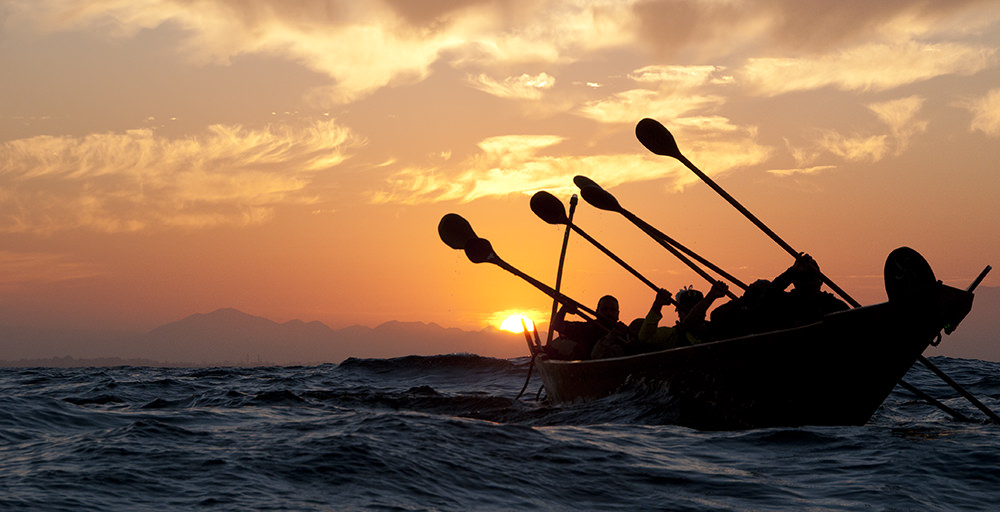
The Chumash “perspective spans thousands of years and challenges us to think about ocean conservation in a more holistic manner and over a much longer time frame,” notes Channel Islands National Marine Sanctuary superintendent Chris Mobley. “We are grateful to the Chumash community authors and contributors for working with us to share their powerful story and experiences.”
This is the first time the indigenous stewards of sanctuary waters have contributed a chapter in a national marine sanctuary condition report. NOAA Office of National Marine Sanctuaries chief scientist Dr. Steve Gittings is excited for this and future collaborations. “If we truly believe marine sanctuaries are places that deserve special protection, we should be using traditional principles like those of the Chumash to leverage strong protection,” he says. “We should be communicating these principles to the public in hopes that we can move the needle on the conservation ethic in this country."
A collaborative effort
In addition to the Chumash community, this comprehensive report required the dedicated support of numerous communities, individuals, and organizations. All in all, close to 100 individuals from NOAA, other federal and state agencies, nonprofits, and universities contributed to and reviewed the report. In particular, the NOAA Integrated Ecosystem Assessment program played a key role in determining methods and indicators for tracking the health of sanctuary ecosystems. Greg Williams, research fishery biologist with the California Current Integrated Ecosystem Assessment, notes that “this collaboration taught us we could effectively translate a version of the indicator selection process used for the entire California Current ecosystem to the scale of individual national marine sanctuaries on the West Coast.”
“To all those that contributed to this report, I want to express our sincerest gratitude for both past and ongoing contributions to sanctuary monitoring and management,” says Mobley. “It is only through these continued collaborations and partnerships that we will successfully protect, conserve, and restore this precious ocean treasure for generations to come.”
A resource for the future
For a decade, Channel Islands National Marine Sanctuary has been guided by its 2009 condition report. This new, more in-depth report will help guide the sanctuary as it enters the process of reviewing its management plan, and will support future efforts to protect sanctuary waters.
In updating the report, the authors have sought to enhance its value to scientists, resource managers, community members, and the general public. Dr. Robert Warner, University of California Santa Barbara professor and chair of the Sanctuary Advisory Council’s research activities panel, says that "the new report is both comprehensive and informative. New estimates of confidence in any particular category will guide management in prioritizing research needs."
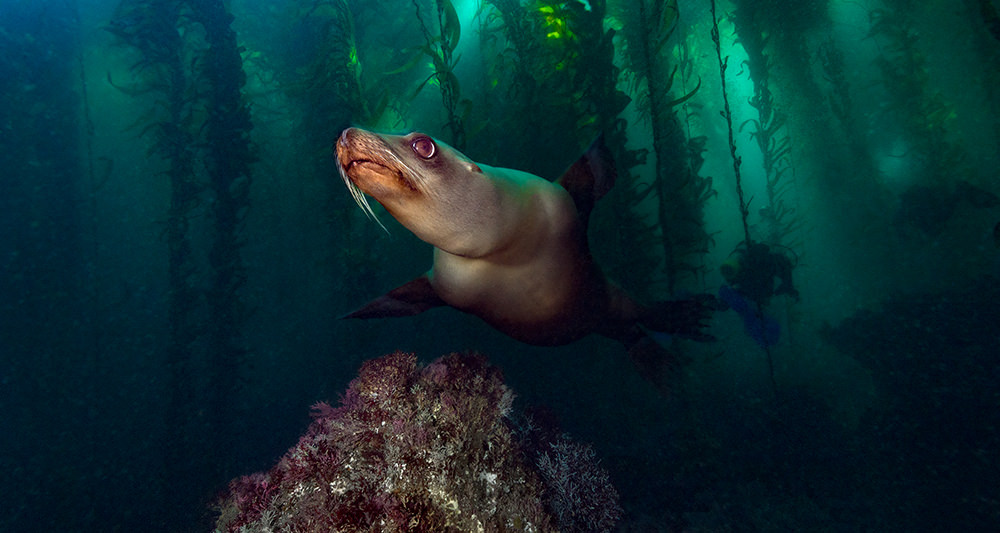
By providing clear, quantitative measurements and assessments, the report ensures that data about sanctuary conditions can translate into action. “This assessment of the Channel Islands National Marine Sanctuary creates a great model for managing our preserved habitats. It highlights what is working well and what aspects of sanctuary management warrant more attention,” says Dr. Steven Gaines, dean of the Bren School of Environmental Science and Management at UC Santa Barbara and a reviewer of the report.
For nearly 40 years, Channel Islands National Marine Sanctuary has safeguarded the lush, biodiverse habitats of this southern California ecosystem. The sanctuary has succeeded so far thanks to staff members’ deep understanding of the local environment, and supportive collaboration from local communities and many partners. This condition report bolsters both scientific knowledge and public involvement. With its help, the sanctuary will continue to support this jewel of the ocean for generations to come.
Elizabeth Weinberg is the digital outreach coordinator/writer for NOAA’s Office of National Marine Sanctuaries.

